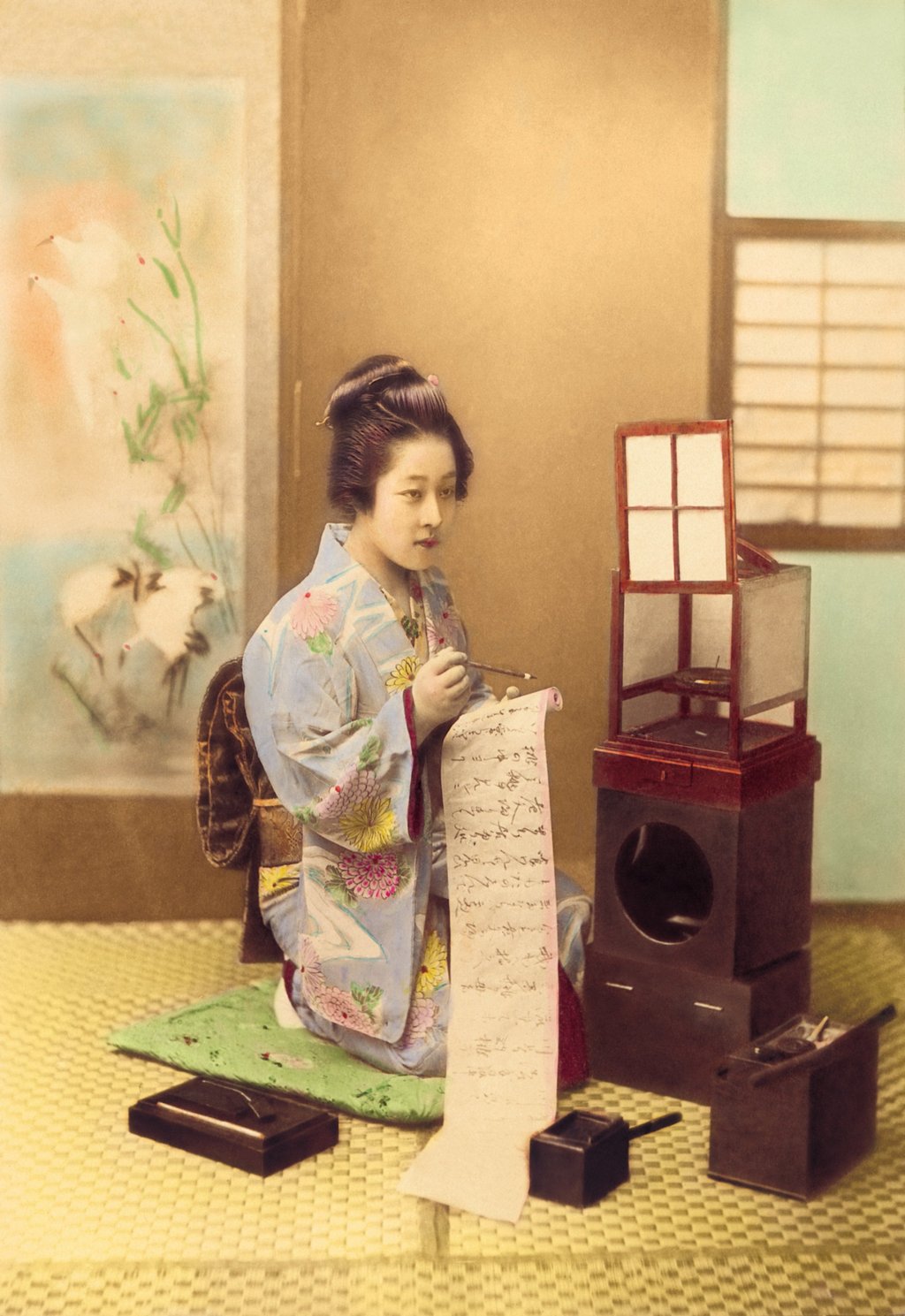All about washi: Japanese handmade paper’s ancient Chinese roots, its uses from writing to home decor, and why it can cost US$120 a sheet
- In Japan, washi is used for writing poetry, umbrella making, decorating homes, Buddhist rituals and more. The traditional paper originated in Han dynasty China
- We look at the ancient techniques of the Unesco-recognised craft, what the paper symbolises and where in Tokyo you can make it – and buy it for a pretty penny

Many of us take what were once luxuries for granted – clean water from our taps, a warm bed or a hot meal, for example.
So it may not cross our minds what a luxury commodity paper was only a few hundred years ago – especially in Japan, where it was used not only for books but also home decor and religious rituals.
Washi, traditional Japanese handmade paper, has a fascinating history that goes back more than 1,000 years. Its name in Japanese is an amalgam of the words wa, meaning Japanese, and shi, meaning paper.
The origins of washi can be traced back to ancient China, where papermaking techniques were developed during the Han dynasty (206BC-220AD).

The art gradually made its way to Japan, where it was probably introduced by Chinese artisans and monks who brought Buddhist texts and teachings with them. By the 7th century, Japanese artisans had learned the skill of papermaking and begun to develop their own distinct style.